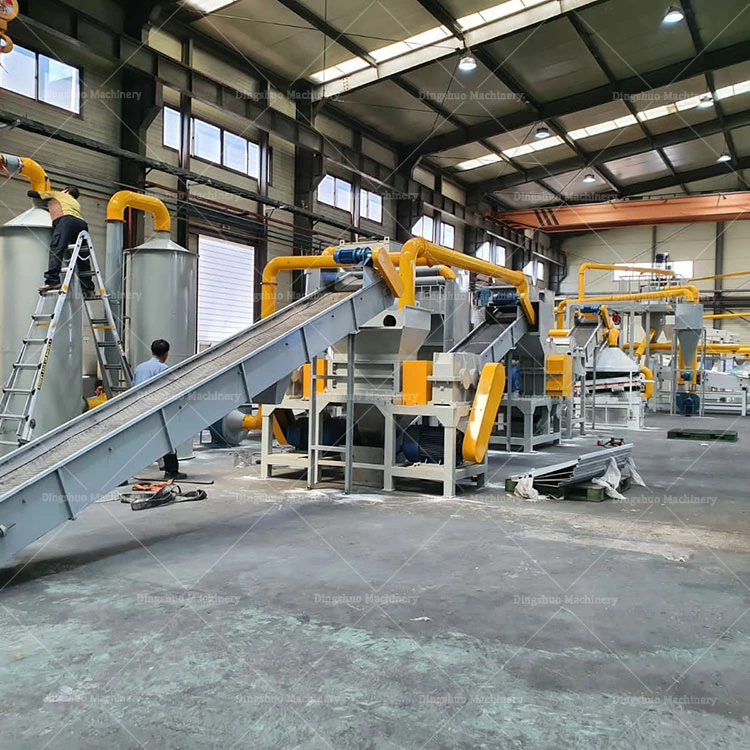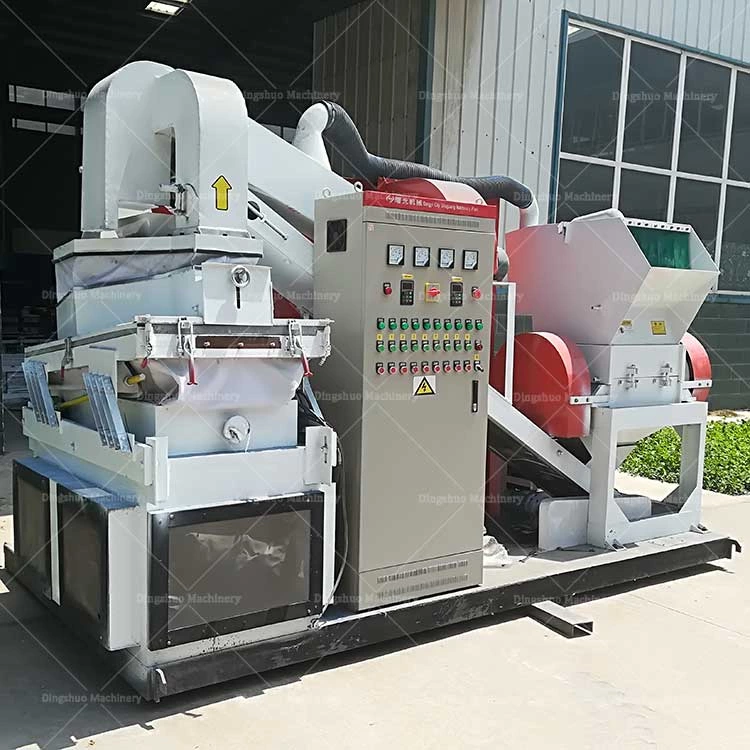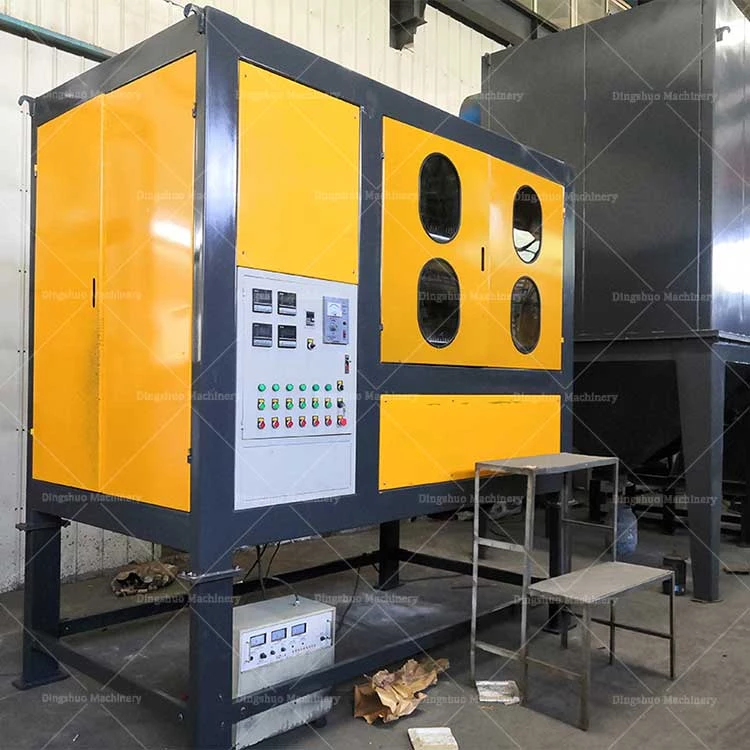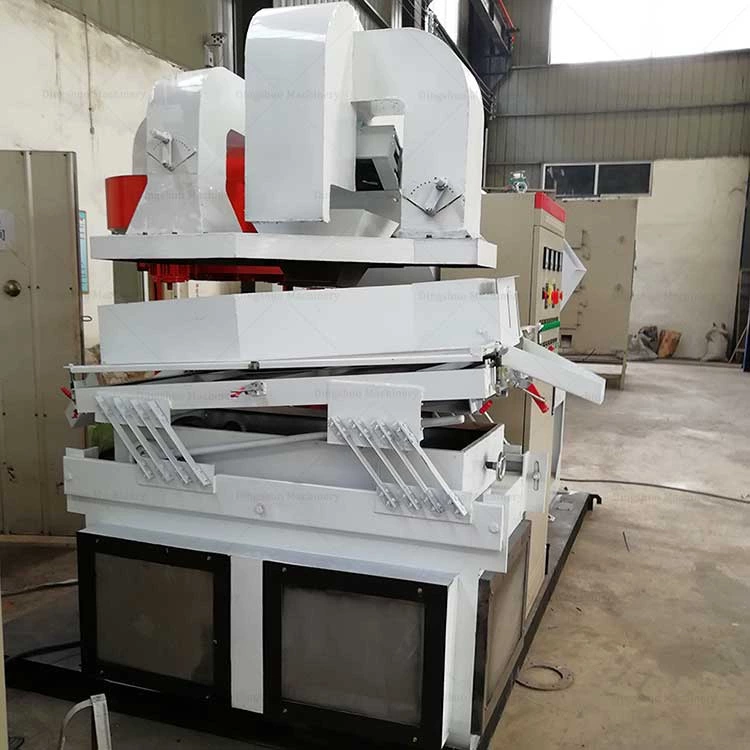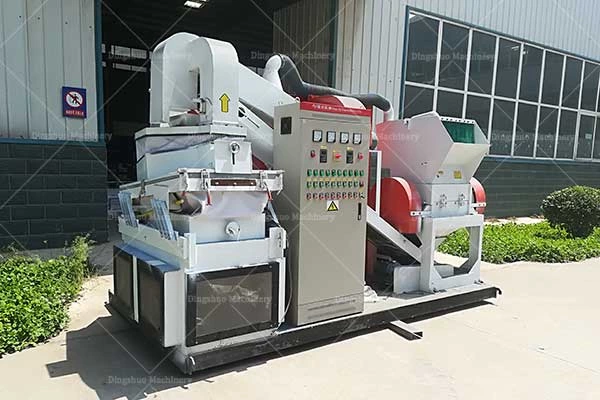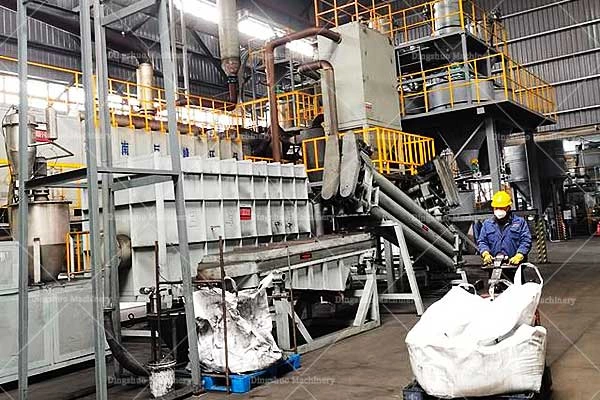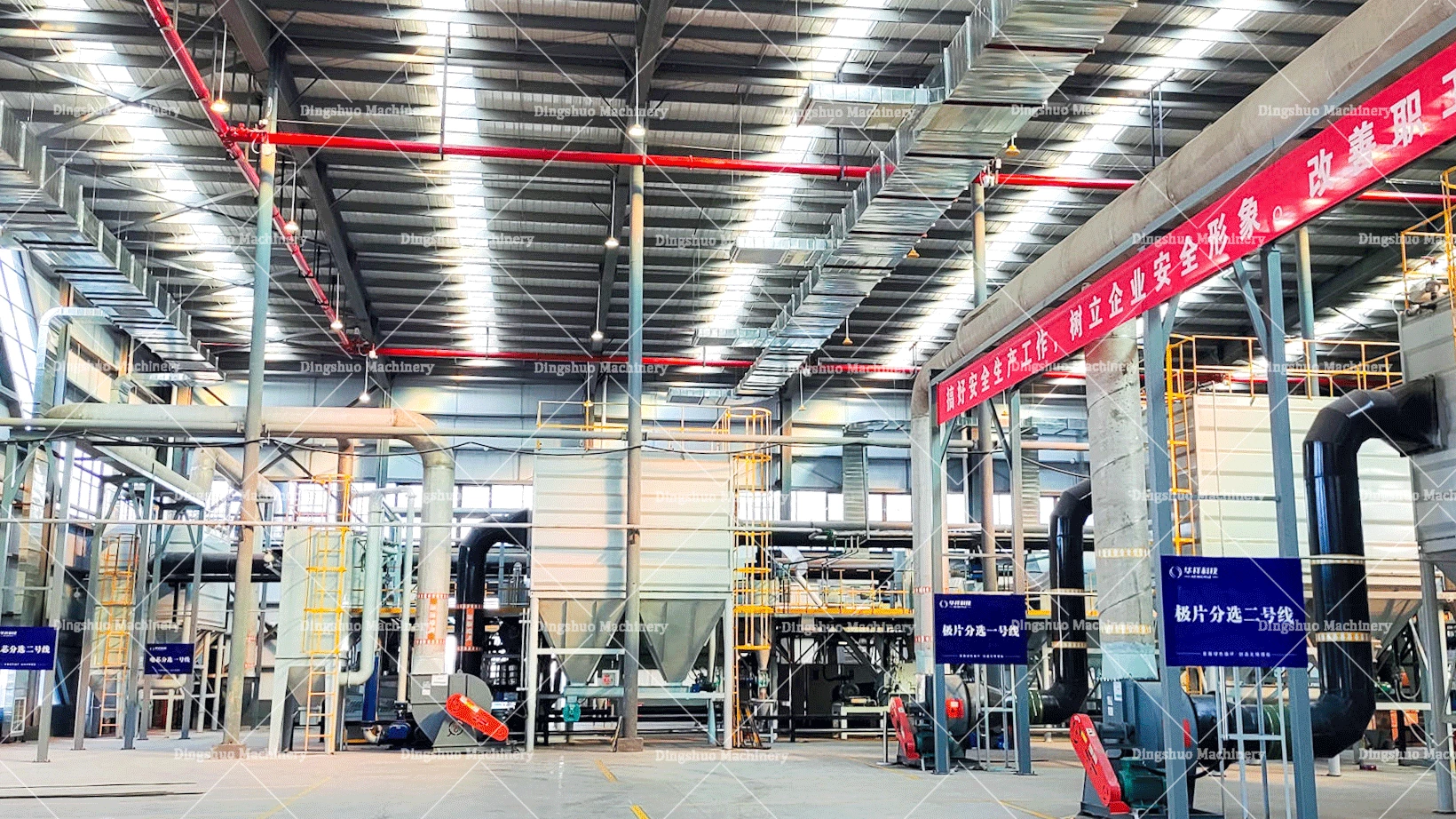Hot Popular Lithium Battery Recycling Machine
Firstly, the recycling methods used for more traditional batteries such as lead-acid batteries do not apply to lithium batteries. The latter are usually larger, heavier and more complex and can easily become dangerous if mistakes are made in the recycling process. In traditional battery recycling plants, battery components are ground into a powder and then melted (pyrometallurgy) or dissolved in acid (hydrometallurgy). However, lithium batteries are made up of many different parts and can explode if they are not disassembled carefully. In addition, lithium batteries cannot be easily reused in their parts, even if they are disassembled in a regulated manner. Secondly, recycling lithium batteries is more costly than mining lithium to produce new lithium. Only about 5% of lithium batteries are recycled globally, as large-scale, low-cost lithium battery recycling is still at a relatively backward stage. However, lithium battery recycling is currently not the only reason why they are such a burden on the environment. Mining the various metals required for lithium batteries requires significant resources. It takes 500,000 gallons of water to extract one tonne of lithium. As a result, batteries are a huge waste of environmental energy from their inception. More efficient recycling of the millions of lithium batteries that will be depleted in about 10 years or so would help offset all this energy consumption. Several laboratories have been working to improve more efficient recycling methods, and ultimately to recover lithium batteries in a standardised, environmentally friendly way to meet the growing demand.

